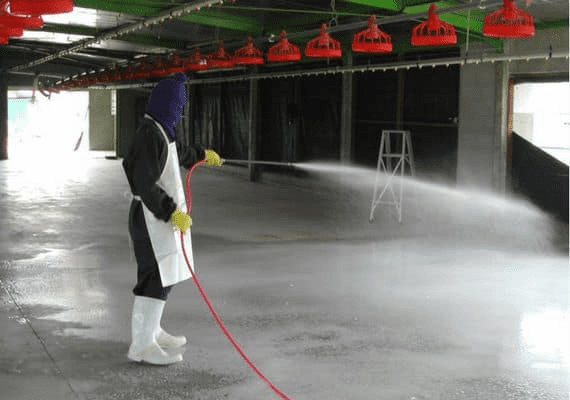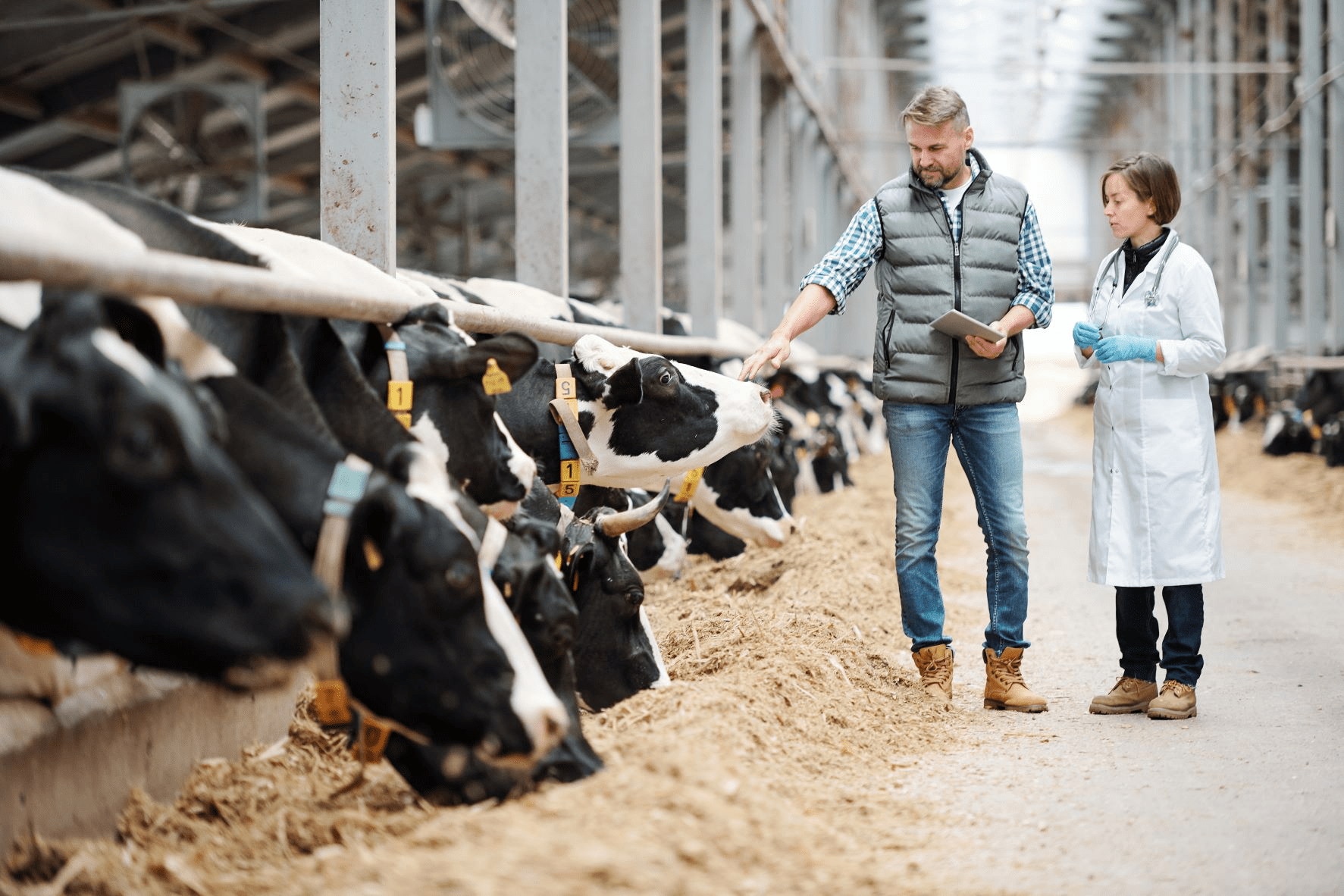In this article we will treat in general the signs exhibited by a healthy animal, signs of ill health or disease, and general measures of disease prevention in a farm. Because these measures are similar for most livestock. It will be treated in one unit.
Health is commonly defined as freedom from disease and disease can be defined as any disturbance of the normal body processes that affects an animal adversely such an upset can be caused by physical injuries, bacteria, viruses, parasites, fungi, or poison, or by dietetic errors, metabolic disturbance or hereditary detects. Every effort must be made to support health and so avoid diseases.
Read Also Measures for Animal Disease Prevention
Signs of Good Health
There are several clinical signs that an animal attendant can look for which can indicate the health status of his herd. A healthy animal is one whose body process functions properly so that it can live an active life, grow steadily, reproduce, and attain the maximum level of production of which it is genetically capable.
1. Attention to surrounding: A healthy animal shows interest in its surroundings. It is always ready to take flight if worried by anything that happens.
2. Good appetites: Healthy animals have good appetites, both on a pasture where they actively look for their food, and in the house, where they quickly consume the food given to them ruminants chew the end normally. The first sign of illness is a refusal to eat.
3. Animal posture and appearance: A healthy animal carries its head high and is alert. Dejected appearances are indications that all is not well with an animal.
4. Absence of discharge: Healthy animals do not have any discharge. The eyes are dry and clear, with no nasal discharges or inflamed (swollen) running eyes.
5. Maintenance of weight: Healthy adult animals should maintain their weight and young animals increase their body weight. Animals showing obvious loss of body weight are probably unwell.
6. Normal Breathing: Breathing should not be too rapid or erratic and it should be noiseless continuous or intermittent coughing shows that there is an irritation in the respiratory tract.
7. Normal faecal appearance: Faecal appearance indicates the state of the digestive tract. Constipation and diarrhoea are signs of digestive disorders. The urine of a healthy animal in pale straw-coloured liquid with a distinct smell.
8. Fairly constant body temperature: The internal body temperatures of healthy animals remain fairly constant at levels that vary according to species that of sheep, goats, and cows range between 38.5oC 39oC. Temperatures may, however, be raised by exertion particularly in hot weather, and by fear, but disease is the principal cause of a temperature rise.
Signs of Ill Health
In contrast to the above-mentioned signs of good health. Animals that are sick or incubating a disease show some general systemic or local signs that must be carefully observed.
1. Listlessness: Animal lags bind the flock and keep away from the other animals moving little at all and with their heads down.
2. Lack of appetite: The animal shows no interest in feeding.
3. High temperature: Any temperature above 39.5oC should be considered indicative of disease probably infectious disease.
4. Congestion of mucosa around the eyes: This congestion is often accompanied by weeping sometimes it appears pale or white in the case of anemia it may be yellowish.
5. Running nostrils: This usually occurs with the discharge of a purulent blood-stained liquid. Nasal discharge is often accompanied by coughing.
6. Diarrhoea: This can easily be detected because the animal’s hindquarters and tail are dirty with a swollen left flank.
7. The animal’s left flank appears rather than hollow.
8. Appearance of feet, udder, pesticides, and sheath: The appearance of feet, udder, pesticides, and sheath may show abnormalities and sheath that are usually manifest as heat, redness, and pain on palpation.
Read Also: Diseases of Ruminants and Their Preventive Measures
General Measures of Animal Disease Prevention

Methods of disease prevention will vary according to the particular causal agent and in some cases the species of animal, but there are a few measures that have general application.
1. Quarantine: All newly purchased animals should be isolated and kept separately under observation for 10 days. During this period any sign of ill health should be noticed and treated appropriately before the animal is introduced to the herd.
This is important because it prevents the introduction of disease from the outside. While in isolation, the animal should be dewormed, detick, and given a broad spectrum of antibiotics.
2. Vaccination: Animals should be vaccinated against preventable diseases such as at the right time and age.
3. Avoid overcrowding: Animals should not be overcrowded in a pen or house. Overcrowding allows for the easy spread of disease particularly contagious diseases such as diseases caused by parasites and fungi.
4. Separate sick from healthy animals: Once an animal shows any sign of ill health it should be separated from the healthy ones and treated in isolation. This is to prevent it spreading of the disease to others. When the animal is considered fully recovered it should then be reintroduced.
Young animals should be housed separately, adult animals may have infection agents to which they have acquired resistance and do not therefore suffer from the disease, but young animals are susceptible and may catch and develop.
5. Toxic materials: This should be kept away from animals, certain chemical compounds and plants are poisonous and may cause disorder if infested such materials should not be allowed to contaminate their food or drinking water. Animals grazing on good pasture tend to avoid poisonous plants.
6. Avoid undernutrition: Undernutrition is a major disease-causing error in a farm particularly seen in animals entirely dependent on grazing bare pastures or those under confinement but not properly fed. This apart from causing a disease problem of its own lowers the resistance of the animal to other diseases.
7. Regular Dipping/Spraying: Animals should be dipped or sprayed regularly against external parasites. Such as ticks and flees. This should be done more often during the rainy season. External parasite causes irritation on the animal and some are agents of disease when external parasites are left unchecked, they have the overall effect of decreasing productivity.
8. Regular deworming: Deworm animals with broad spectrum anthelminthic once a month during the rainy season and less frequently during the dry season.
In summary, livestock production depends a lot on the knowledge and action of the husbandry man to take care of his animals and prevent or minimize disease incidence on his farm. His knowledge of measures of disease prevention and signs of ill health will go a long way in improving animal productivity on the farm.

